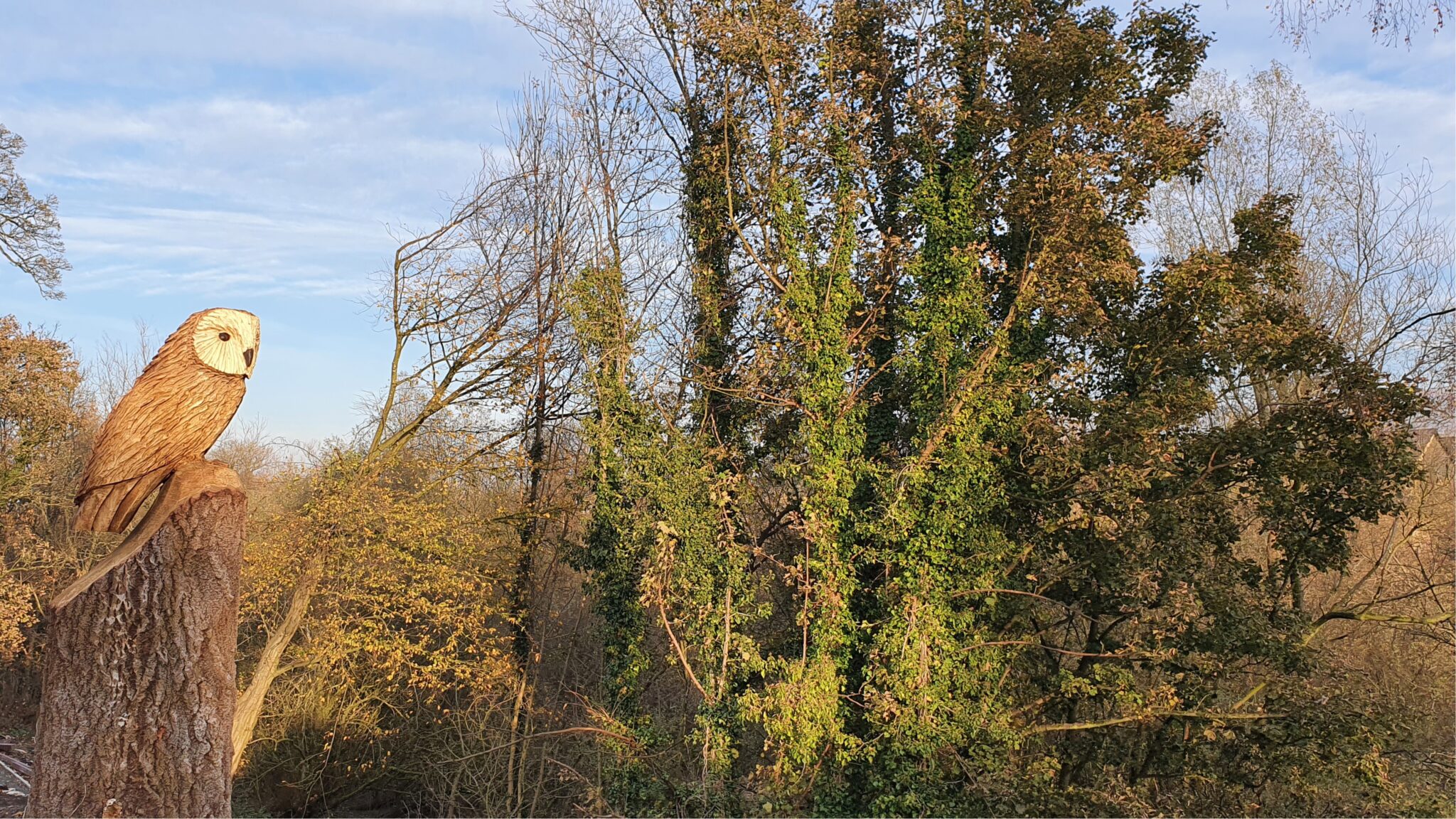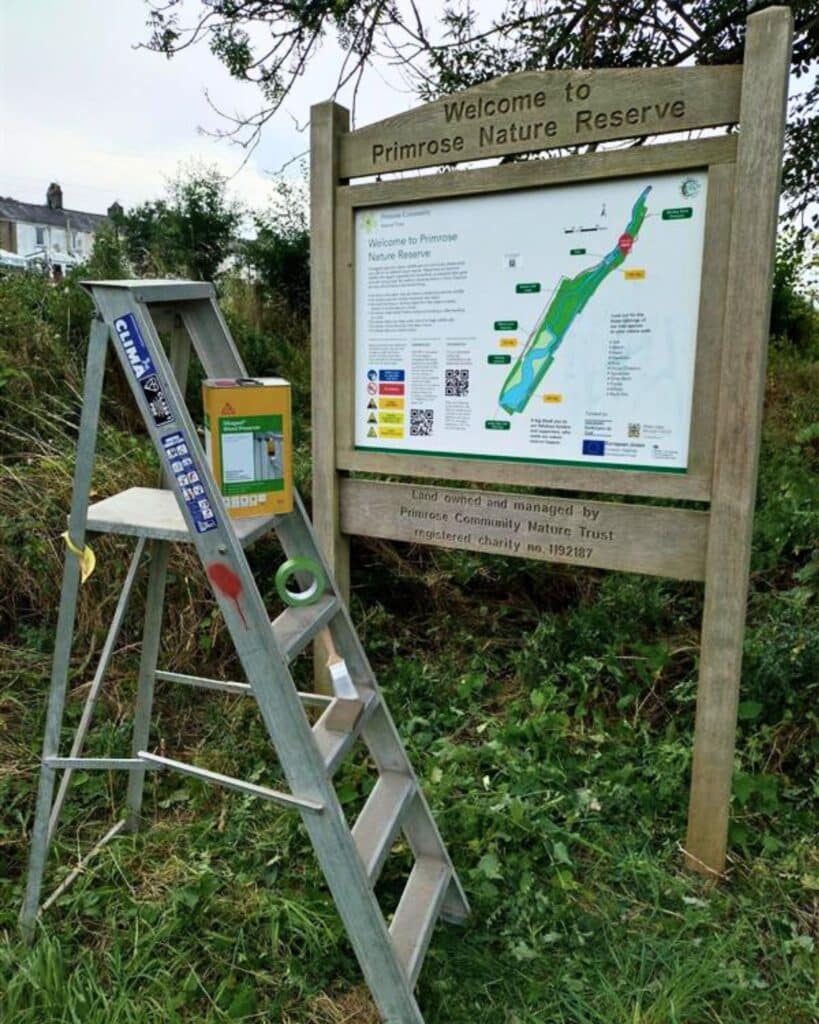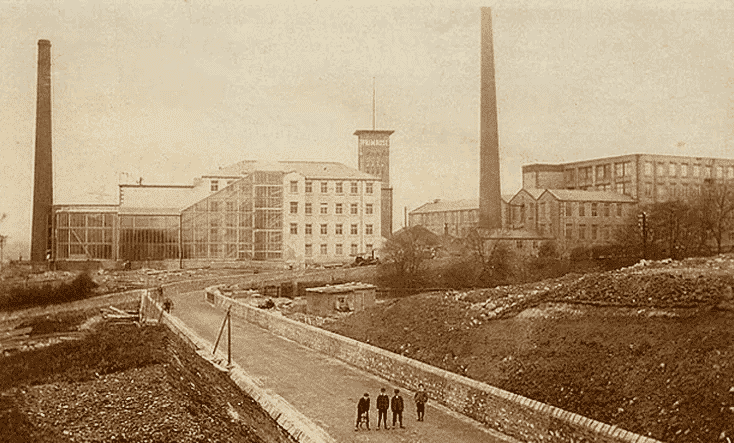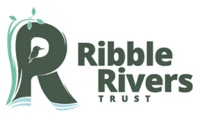
Primrose Nature Reserve Partnership
Primrose Community Nature Trust and Ribble Rivers Trust are now working in partnership to ensure the conservation and stewardship of Clitheroe’s Primrose Nature Reserve.
This collaboration will oversee the maintenance of the 16 acre site, aiming to ensure its long-term protection and preservation. Through the agreement, Ribble Rivers Trust will provide additional support to the volunteers who help with the reserves upkeep. Tasks such as clearing the litter washed down from the town, tree planting, fence maintenance and Himalayan balsam pulling.
What is the history behind the Primrose Nature Reserve Partnership?

Extensive restoration work was carried out by Ribble Rivers Trust between 2019-2022. The Primrose Lodge Blue and Greenway project created a beautiful natural sanctuary for wildlife. Ribble Rivers Trust completed the work in three phases. Firstly, over 4,000 cubic metres of silt, which gathered over decades of neglect, was removed from the waters. Thanks to the opening up of these waters wildfowl, invertebrates, bats, and other species are now utilising the space, significantly enhancing the aesthetic and ecological value of the site.
Work then began on creating the public access elements of the site, including the footpath, boardwalk, and bridges. Thanks to this, local school children can now use this woodland walk and nature park to walk to school. The viewing area provides a much better view across the site, allowing visitors to enjoy the natural surroundings.
Finally, the Trust completed the installation of the fish pass which reconnected nine hectares of Mearley Brook. Surveys show that this fish pass has been enabling the migration of European eels, sea trout, brown trout, Atlantic salmon, and more! These fish can now into the heart of Clitheroe and beyond to the streams on the side of Pendle Hill using what was (very briefly) the largest Alaskan fish pass in England!
Why is this work necessary?
In 1787, a seven-meter-high dam was constructed at Primrose Lodge which, at the time, was on the edge of Clitheroe. The lodge provided water to power a mill. Over the years, the lodge became redundant as the industrial activities ceased, and the site remained largely untouched. Despite this, the unique nature of the site and lack of human intervention earned it a local conservation designation (Biological Heritage Site) due to its contribution to biodiversity. The lodge also supports flowering ferns and plants classified as ‘vulnerable.’
The transformation has created a variety of habitats, including woodlands, wetlands, seasonal ponds, habitat piles, deadwood, and rivers. Wildlife communities are already taking advantage of these new spaces. The fish pass, in particular, is allowing species like salmon, trout, and eels to migrate further along Mearley Brook through Clitheroe and beyond. This is boosting fish populations and supporting other animals in the food chain, including otters and kingfishers.

Who is responsible for managing the site?
Once the works were complete, the site ownership passed to the specially established Primrose Community Nature Trust (PCNT). PCNT now manage the site, with the support of Ribble Rivers Trust. Their ongoing efforts will ensure that the site continues to grow in value as a public nature park. You can find out more about current activities at Primrose, as well as information about the wildlife found at the site, here: primrosecommunitynaturetrust.org

